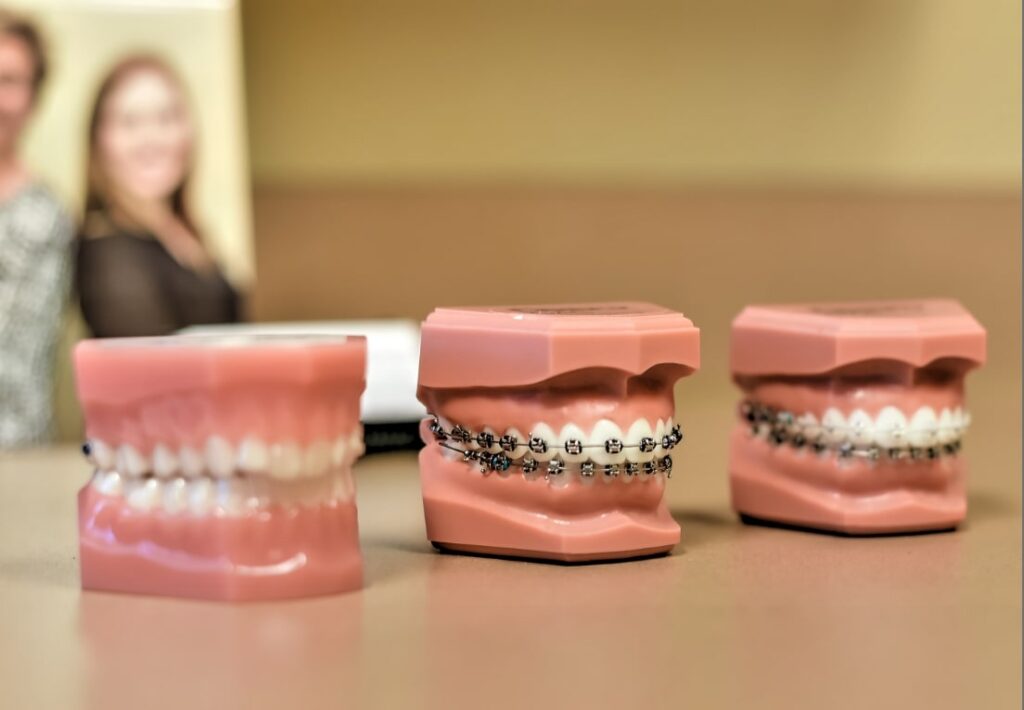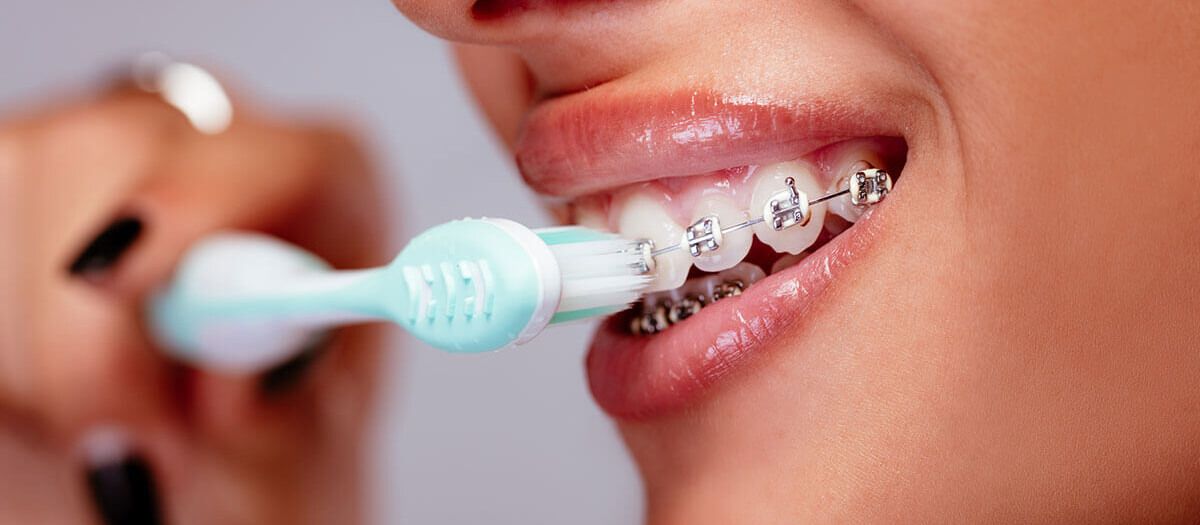Finding the Right Cumming Orthodontist for Your Braces and Aligners Demands
Comprehensive Overview to Orthodontics Procedures for Dealing With Dental Imbalances
Understanding the ins and outs of each procedure, including their systems, benefits, and potential disadvantages, is vital in making notified decisions concerning one's orthodontic treatment. As we browse with the comprehensive overview to orthodontic treatments for dealing with oral misalignments, the elaborate information of each method will unfold, dropping light on the course towards a functional and unified dental alignment.
Orthodontic Procedures Summary

Along with traditional dental braces and clear aligners, orthodontists may also advise various other interventions like headwear, palatal expanders, or retainers to attend to details placement concerns (invisalign). These treatments are customized to each individual's unique requirements and may entail a mix of treatments to accomplish the desired outcomes. Normal modifications and tracking are critical components of orthodontic treatment to guarantee progression is on track and to make any type of needed adjustments along the road. By going through orthodontic treatments, individuals can not just accomplish a straighter grin however additionally boost their general dental health and wellness and feature.
Typical Dental Braces: Just How They Function
When thinking about orthodontic treatments for oral imbalances, typical dental braces stand out as a tried and true technique for fixing teeth positioning. Conventional dental braces are composed of brackets, cables, and bands that function together to apply constant pressure on the teeth, gradually relocating them right into the desired alignment.
One secret element of how conventional dental braces job is the procedure of bone renovation. As pressure is related to the teeth through the dental braces, the bone surrounding the teeth is reshaped to sustain the new tooth positions. This remodeling is essential for the lasting stability of the fixed placement. Individuals will need routine modifications at the orthodontist's workplace to make sure the braces continue to apply the correct pressure for reliable teeth motion.
Undetectable Aligners: Cons and pros
These clear, tailor-made trays are essentially undetectable when worn, making them an attractive alternative for individuals seeking an extra aesthetically pleasing orthodontic therapy. People can get rid of the aligners prior to eating or cleaning their teeth, reducing the risk of food obtaining stuck in the device and simplifying the cleansing procedure.

Surgical Orthodontic Options
Surgical interventions in orthodontics present sensible choices for dealing with complicated oral misalignments that may not be effectively settled through conventional orthodontic treatments. While unnoticeable aligners and standard braces can deal with lots of orthodontic concerns, particular cases call for surgical intervention to accomplish ideal results. Surgical orthodontic options are generally recommended for extreme malocclusions, substantial jaw discrepancies, and situations where the underlying bone framework needs adjustment to attain correct positioning.
One common medical orthodontic treatment is orthognathic surgical procedure, which involves rearranging the jaws to deal with useful problems such as difficulty speaking or eating. This surgery is frequently executed in cooperation with an orthodontist that aids straighten the teeth before and after the treatment. Surgical orthodontics may additionally involve treatments to expose impacted teeth, eliminate excess gum tissue, or reshape the jawbone to create an extra harmonious face account.
Before taking into consideration surgical orthodontic options, patients undergo a comprehensive assessment to determine the requirement and possible benefits of such interventions. cumming orthodontics. While surgery may appear overwhelming, it can dramatically enhance both the feature and looks of the smile in instances where traditional orthodontic treatments drop short
Retainers and Post-Treatment Care

Post-treatment treatment entails complying with the orthodontist's guidelines diligently. This may include appropriate oral hygiene practices, attending follow-up visits, and putting on the retainers as suggested. Failing to conform with post-treatment care guidelines can result in regression, where the teeth progressively relocate back in the direction of their initial placements. Consistent retainer wear, good oral health, and routine dental exams are vital for preserving the results accomplished through orthodontic surgery and making sure the long-term stability of the remedied oral alignment.
Final Thought
In verdict, orthodontic treatments provide various options for remedying oral misalignments. Surgical orthodontic options are readily available for a lot more extreme misalignments. Generally, orthodontic procedures can properly enhance dental wellness and visual look.
As we navigate via the thorough overview to orthodontic treatments for remedying dental imbalances, the detailed information of each technique will certainly unravel, shedding light on the path towards a harmonious and useful dental positioning. - orthodontics
One of the most usual orthodontic treatments is the use of braces, which are composed of metal brackets and cables that use gentle pressure to gradually change teeth into check out this site the desired placement.When considering orthodontic treatments for dental imbalances, standard dental braces stand out as a time-tested approach for dealing with teeth placing. Furthermore, undetectable aligners may not be ideal for complex orthodontic problems that require more substantial teeth movement, as they are commonly recommended for moderate to modest instances. Retainers are personalized orthodontic devices developed to hold teeth in their corrected settings after the conclusion of orthodontic therapy.